The innovative EcoFlow DELTA 3 Plus Power Station paired with its 800W Alternator Charger creates a seamless power ecosystem for overlanders, offering vehicle-to-power-station charging while driving and reverse charging to maintain your vehicle’s battery when parked—potentially eliminating one of overlanding’s biggest headaches.
We’ve come to rely on a portable power station/solar generator for electricity on long overland trips, and we’ve used several brands and models.
While prepping for our TransAmerica Trail trip, we discovered EcoFlow and its DELTA 3 Plus Power Station and 800W Alternator Charger. EcoFlow supplied these units for our adventure and what better way to test them than taking them on a 7,100+ mile overland journey across the USA.
The DELTA 3 Plus Power Station
The EcoFlow DELTA 3 Plus has an 1,800W output, enough to power most household appliances, and uses LiFePO4 (LFP) cells. EcoFlow claims 4,000 cycles to 80% and 10 years of battery use. It has a capacity of 1,024Wh, and is expandable to 5kWh using its extra battery packs (sold separately).
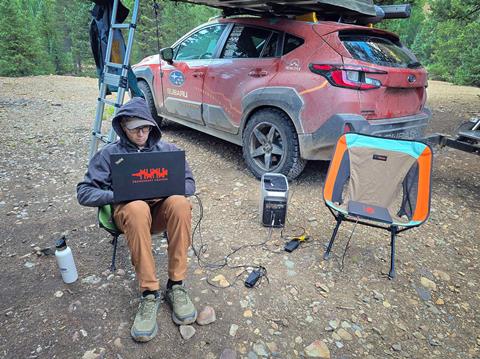
The DELTA 3 Plus is quiet operating at 30 dB under 600W. Plus, its ultra-fast charging lets it go from 0–100% in 56 minutes. If using it for backup duties, it has a 10-millisecond uninterruptable power supply (UPS).
This unit is 5% smaller than the EcoFlow DELTA 2, and measures 15.7” x 8.0” x 11.2” in size and weighs 27.6 lbs.
The DELTA 3 Plus has 13 outputs. On the front are six 1,800W AC plugs (three are for grounded plugs), two USB-C 100W ports, and two USB-A (fast charge) 18W ports. Around back are a 12.6V (10A, 126W max) car power output and two DC5521 12.6V (3A) ports.
Included with the DELTA 3 Plus are an AC charging cable and car charging cable for 12V use. The DELTA 3 Plus can use solar panels with XT60i connectors, too.
There are two of these inputs behind a retractable cover on the back. Additionally, behind that rear port door is a large XT150 plug allowing users to connect extra EcoFlow battery packs, or their 500W or 800W Alternator Charger.
The 800W Alternator Charger
EcoFlow has a great thing going with its 800W Alternator Charger. This system connects an EcoFlow power station, like the DELTA 3 Plus, to the car’s 12-volt system allowing it to be charged via the alternator.
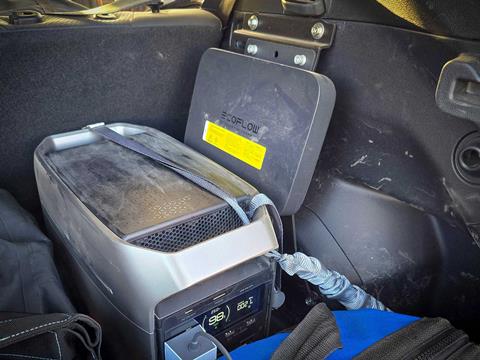
But its secret weapon is reverse charging. This lets you send power back to the car’s 12-volt battery from the power station when off grid. So, when you drive, your power station is getting charged.
When you’re parked, you can send power back to the car’s battery. This all but removes the possibility of a dead battery at camp.
Additionally, a third battery maintenance mode lets the power station act as a battery tender/trickle charger to maintain a car’s battery for longer periods using a lower wattage.
Maximum output is 800W.
Straightforward Installation
Installation is basic. Run the thick 16.4 ft. input cable from the 12V car battery through the firewall to the Alternator Charger, which gets mounted inside the vehicle.
Ours was mounted on a MOLLE panel in the cargo area. A 3.3 ft. XT150 output cable connects the 800W Alternator Charger to the power station.
EcoFlow includes mounting hardware and an installation board. FYI, EcoFlow offers its Alternator Charger in less powerful (and less expensive) 500W versions for those who don’t need as much electricity.
The Alternator Charger can be turned on or off via a tiny button on the unit or by using the EcoFlow App.
The EcoFlow App
Both the DELTA 3 Plus and 800W Alternator Charger can be controlled using the EcoFlow app. The app allows you to perform a host of operations and get information for both units.
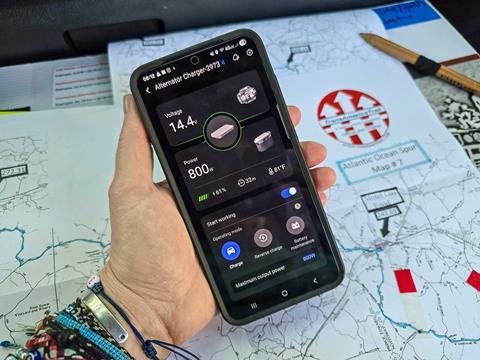
This includes input and output levels for the power station, operating temperatures, and more. Plus, there are lots of power adjustments and operating time functions; it’s highly customizable.
Most importantly, it gives you the ability to switch between charging, reverse charging, and battery maintenance modes.
The free app takes getting used to but offers loads of functionality and is a must if you’re getting either one of these products.
Initial Setup
Before we put the power station in the car, we fully charged it in our hotel. We couldn’t believe how quickly it went from low double-digits to 100%; we almost thought it was too fast to be correct, but it was just that quick.
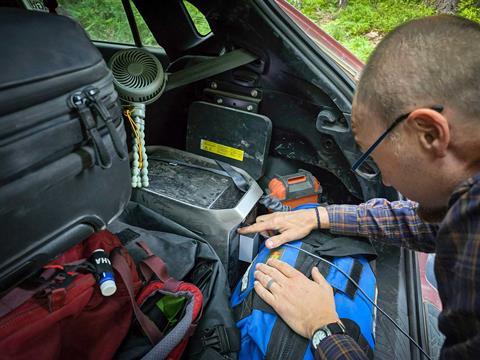
With the 800W Alternator Charger installed, we took the DELTA 3 Plus and placed it in our Crosstrek Wilderness, opened the retractable rear door panel, and connected it to the Alternator Charger using the supplied XT150 plug. We turned the power station on.
I opened the EcoFlow app, it discovered both units, and I turned the Alternator Charger on (via the app). I then had control of both units. The Alternator Charger and DELTA 3 Plus both have Wi-Fi capabilities allowing for OTA updates.
Using The EcoFlow System
It became apparent early in our 29-day TransAmerica Trail trip that this system was a gamechanger. It didn’t require bulky solar panels to charge off grid.
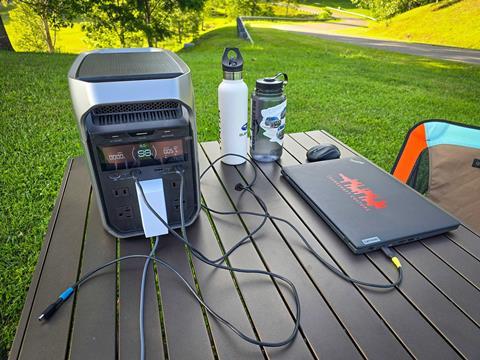
As long as you remember to turn on the Alternator Charger—something you will have to do via the app—you’ll arrive at camp with a fully charged power station. Then at night, so long as you remember to switch it to reverse charging, power from the EcoFlow gets sent back to the 12-volt car battery.
We also learned you had to manually turn on the power station or the Alternator Charger couldn’t charge it. I’d set an alarm on my phone in the morning as a reminder to do so.
We brought an ARB Classic Series II 50-Quart Fridge Freezer on our trip. It ran nonstop for about a month and was wired directly to our Subaru’s battery.
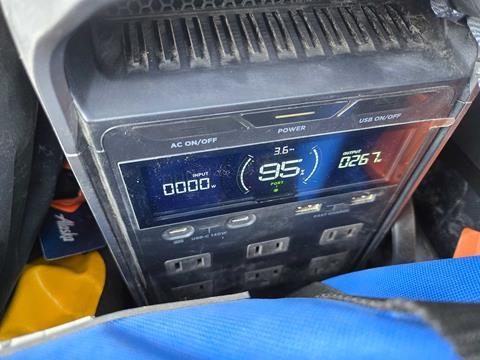
When camped, the DELTA 3 Plus was topping the car’s battery off each night. We’d typically wake up with the power station down into the 70% range after 10+ hours off grid. Keep in mind, we were also charging phones and laptops and powering a Starlink Mini most evenings.
Want nearly endless electricity? You can still use solar with the DELTA 3 Plus and the 800W Alternator Charger. Since the system is expandable, you could truly bring loads of power with you no matter where you travel.
A Portable Power Station
EcoFlow’s Alternator Charger cannot be moved from vehicle to vehicle since its hardwired. The DELTA 3 Plus, however, is totally removable. Simply unplug it from the Alternator Charger, and you’ve got power wherever you want it.
We put it on the ground or a picnic table to power our laptops, charge our phones, or use our Starlink Mini at camp. The power would only drop several percent in a couple hours, but usage was dependent on what we were powering.
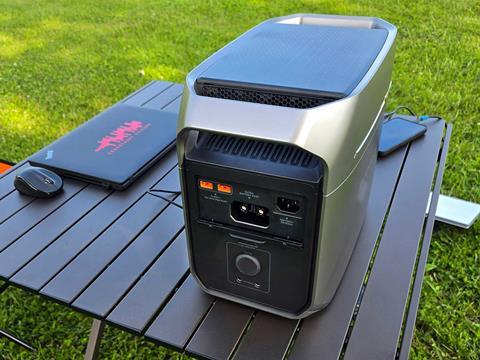
The unit has three power buttons: one for main power, another for the USB plugs, and a third for AC power.
Note: There are three grounded inputs positioned at different angles. This provides more room for larger power packs to be used. We also really liked the easy-to-see display. Plus, it was very quiet and felt premium.
The EcoFlow system played a clutch role in an emergency situation in the scorching Utah desert. We encountered a stranded motorist whose phone died and had no way of contacting anyone.
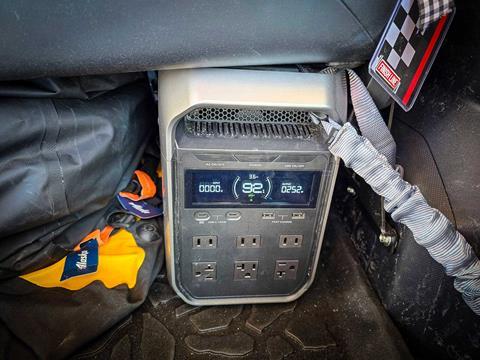
We plugged our Starlink Mini into our fully charged DELTA 3 Plus and got wifi signal. We connected the phone to wifi calling to get help while charging the motorist’s phone. It may have been a lifesaver for this person.
What We Didn’t Like
While the Alternator Charger/power station combo is fantastic, it’s not perfect. The entire system would shut off on its own until we learned there is an adjustable shut-off time on the app. Some of the settings have a steep learning curve.
We’d also manually have to turn on the DELTA 3 Plus every morning. If we forgot, we had to stop, open our RiG’d Supply swing-away tire carrier and the car’s hatch, and turn on the power station. Perhaps we missed a setting for this.
The app could be laggy at points. We’d sit and wait for it to discover the devices. Occasionally, I’d need to restart my phone to get things to reinitialize.
You also must remember to change from charge to reverse charge and vice versa. We got to camp once, and the power station was dead because it had been reverse charging all day. I forgot to switch it to charge mode that morning.
We idled the car for about 15 minutes and got the power station power up enought which offered plenty of juice to operate the fridge all night.
A New Way To Charge While Traveling
The DELTA 3 Plus is quite the power station. It’s easy to use, has all the plugs we need, is quiet, and fast to charge. Pair it with the 800W Alternator Charger, and you’ve got a charge-on-the-go solution that will also keep your vehicle’s battery topped off no matter how long you’re traveling.
It’s expandable with extra battery packs and can use solar, too. That, along with tons of ports and outlets makes this one of the most fully featured, versatile power stations we’ve used.
Take your time to learn the EcoFlow app’s ins and outs as this might just be one of the best overland-ready power solutions available.
Access More Great Stories!
For more informative articles like this, consider subscribing to OVR Magazine in print or digital versions here. You can also find the print edition of OVR at your local newsstand by using our Magazine Finder.


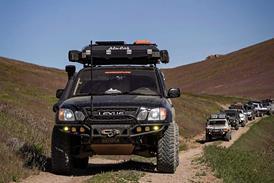
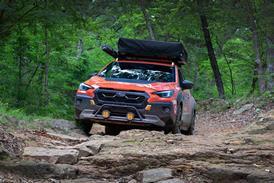
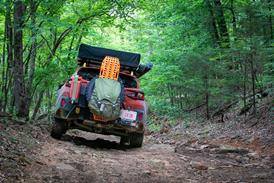
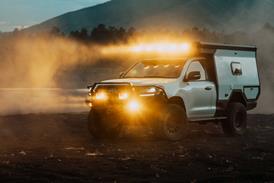
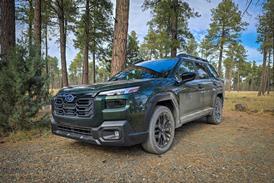
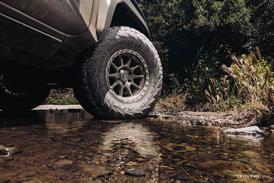
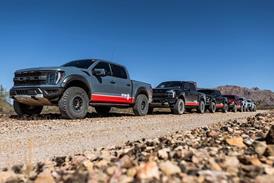
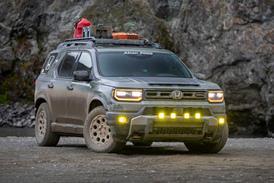

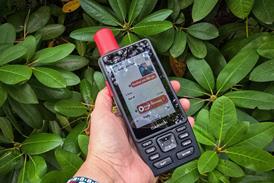
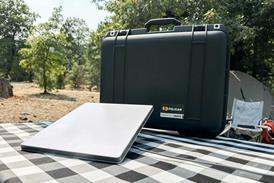
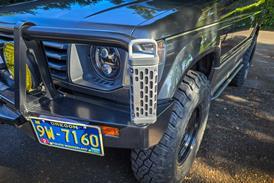
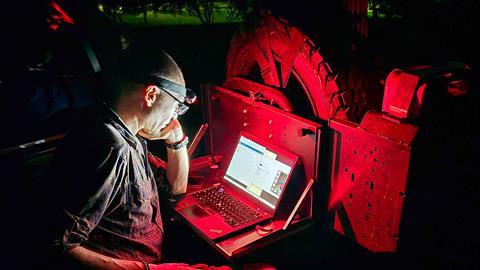






No comments yet